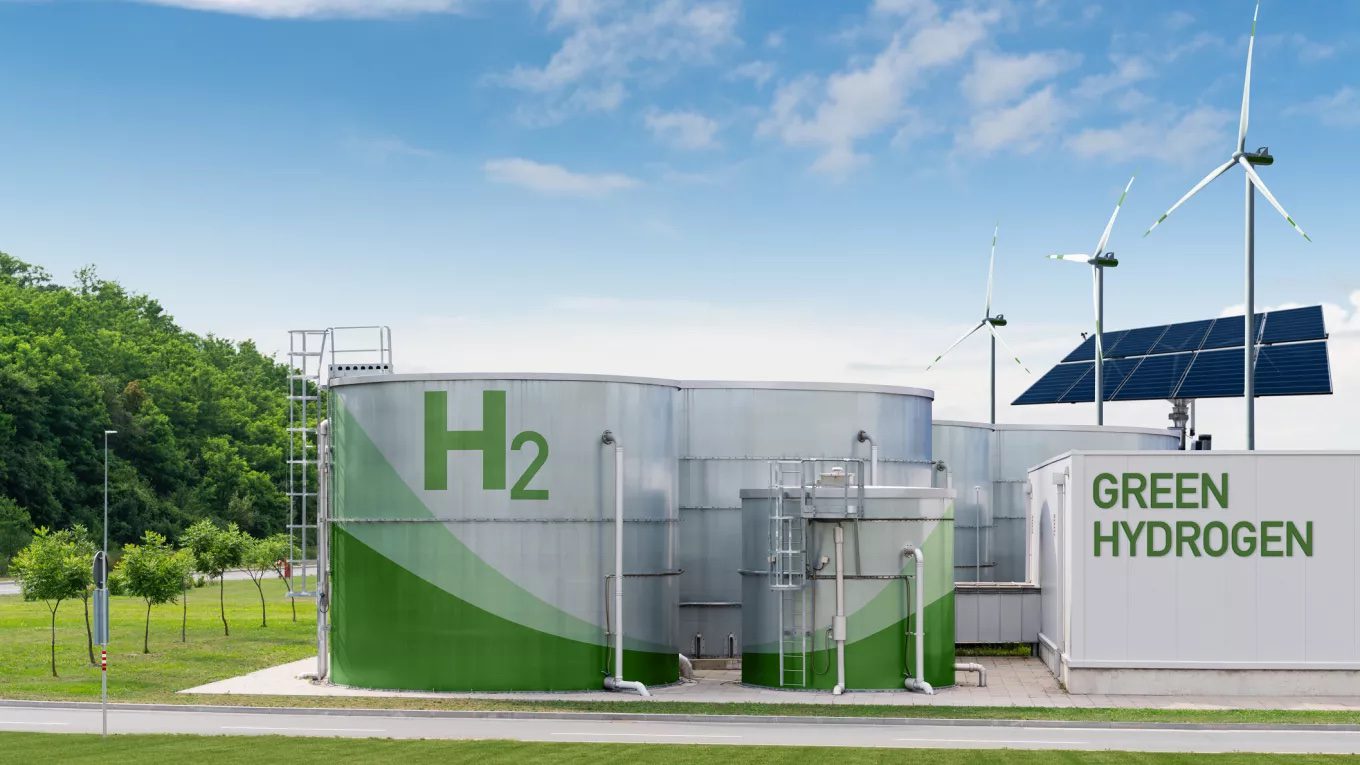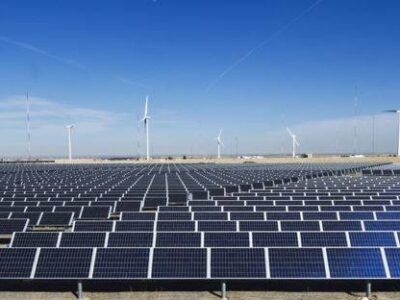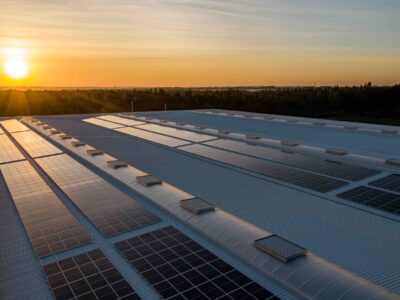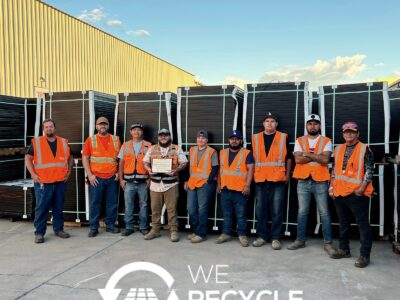One of the cornerstones of the current administration’s climate program is speeding the transition away from fossil fuels and toward cleaner, alternative fuels. It expects to take a big step forward in that regard thanks to a new $7 billion program to launch clean hydrogen hubs across the United States.
The program, announced on Oct. 13, was funded by the Bipartisan Infrastructure Law, according to a news release from the U.S. Department of Energy (DOE). A total of seven Regional Clean Hydrogen Hubs (H2Hubs) will be launched, with the goal of “kickstarting” a national network of clean hydrogen producers and related infrastructure while also encouraging greater use of the fuel.
The H2Hubs are expected to collectively produce 3 million metric tons of hydrogen per year or about one-third of the country’s 2030 production target. They’re also projected to lower emissions from hard-to-decarbonize industrial sectors, representing roughly 30% of total U.S. carbon emissions.
In a statement, U.S. Secretary of Energy Jennifer Granholm called hydrogen “a versatile fuel that can be made from almost any energy resource in virtually every part of the country.” She added that it is “crucial” in achieving the president’s climate and clean energy goals.
“Clean” hydrogen refers to any form of the chemical element produced with “lower emissions than the incumbent fossil fuel-based methods,” according to RMI, a nonprofit dedicated to clean energy. These are the two basic types:
- Green hydrogen is produced by splitting water molecules through electrolysis using renewable energy sources.
- Blue hydrogen is produced from a natural gas feedstock to capture the by-product carbon dioxide.

Photo Courtesy RMI
The DOE says the H2Hubs will cut 25 million metric tons of carbon dioxide (CO2) emissions from end-users each year.
That’s roughly equivalent to the combined annual emissions of 5.5 million gasoline-powered cars.
Meanwhile, the $7 billion funding allocation represents one of the country’s largest-ever investments in clean manufacturing, according to the DOE, and is expected to create thousands of jobs nationwide.

Photo Courtesy Natural Resources Defense Council
“With this historic investment, the [current] administration is laying the foundation for a new, American-led industry that will propel the global clean energy transition while creating high-quality jobs and delivering healthier communities in every pocket of the nation,” Granholm said in a press release.
Selected H2Hub projects include the following:
- Appalachian Hydrogen Hub (West Virginia, Ohio, Pennsylvania)
- California Hydrogen Hub
- Gulf Coast Hydrogen Hub (Texas)
- Heartland Hydrogen Hub (Minnesota, North Dakota, South Dakota)
- Mid-Atlantic Hydrogen Hub (Pennsylvania, Delaware, New Jersey)
- Midwest Hydrogen Hub (Illinois, Indiana, Michigan)
- Pacific Northwest Hydrogen Hub (Washington, Oregon, Montana)
As the AP reported, the infrastructure law the president signed in 2021 committed billions of dollars to develop clean hydrogen to ease the nation’s reliance on fossil fuels. Under the H2Hub guidelines, fossil fuels can still be used if the projects capture the carbon dioxide produced and “keep it out of the atmosphere,” according to the AP. However, that technology has yet to be made at a commercial scale.

Photo Courtesy RMI
Anna Menke, senior hydrogen hubs manager at the Clean Air Task Force, told the AP that the hubs represent “a critical first step’’ to reducing emissions from carbon-intensive industries. The hubs could be especially useful in cutting emissions from sectors such as heavy-duty trucking, shipping, and aviation.
“We must ensure the program delivers on these promises,” Menke said.





